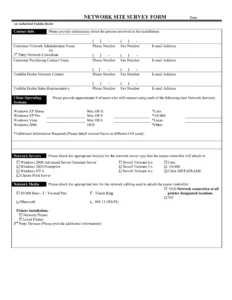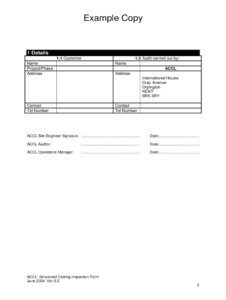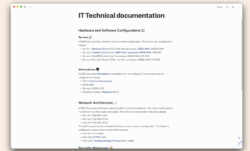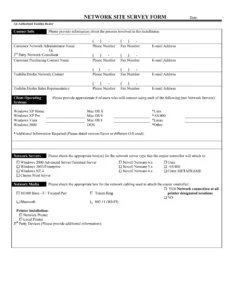Let’s face it, system administration isn’t exactly known for being the most glamorous job. It’s often the unsung hero behind the scenes, making sure everything runs smoothly. But what happens when that unsung hero wins the lottery, gets abducted by aliens, or simply takes a well-deserved vacation? That’s where robust, clear, and well-maintained documentation comes in. It’s the safety net that keeps things from falling apart when the primary caretaker is unavailable.
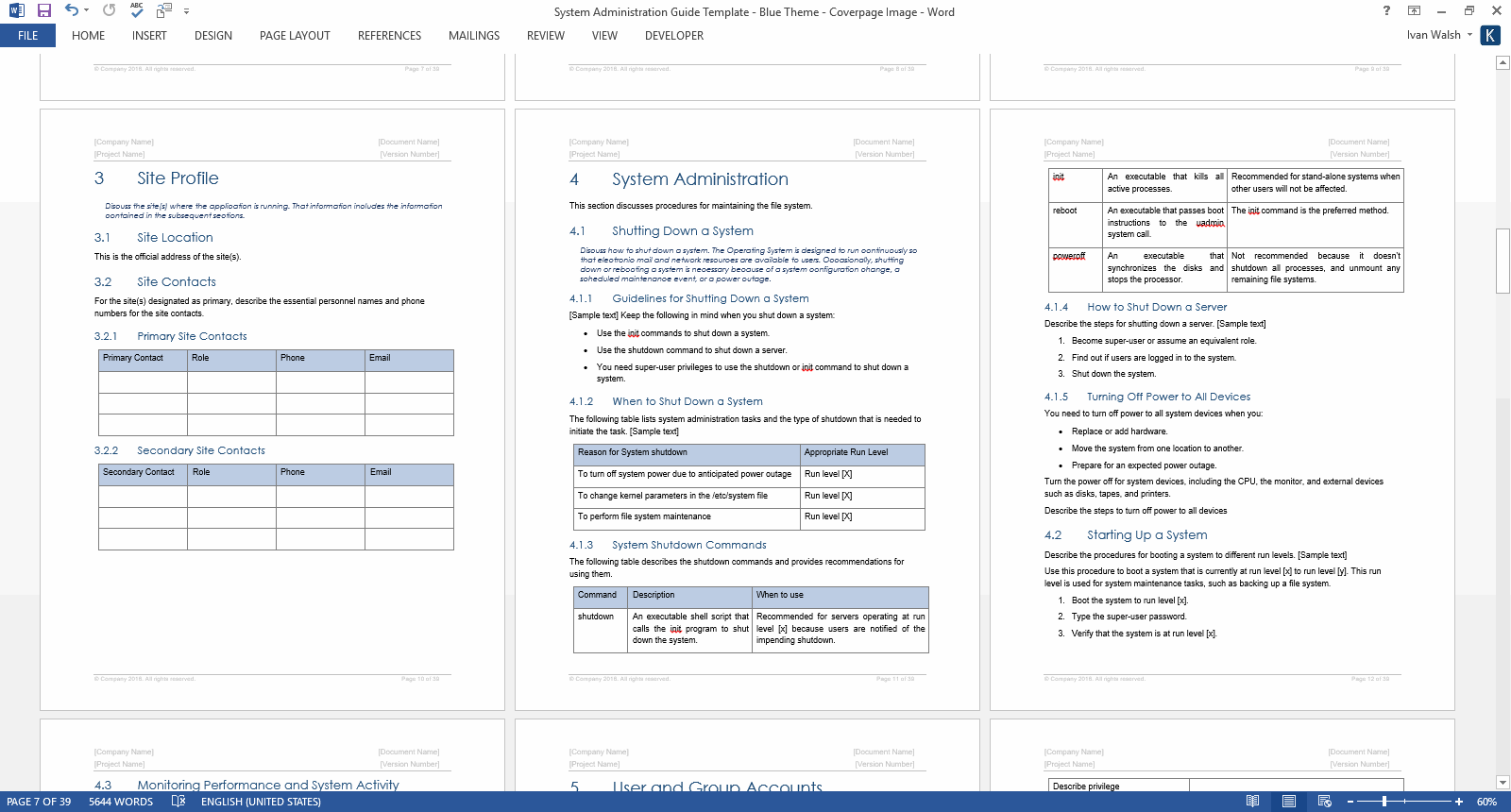
Think of your system administration documentation as a roadmap for your IT infrastructure. It details every server, every application, every network connection, and every critical process. Without it, you’re essentially trying to navigate a complex city without a map, relying only on memory and guesswork. This can lead to costly mistakes, extended downtime, and a whole lot of unnecessary stress. Plus, good documentation is not just about disaster recovery; it’s also invaluable for onboarding new team members, troubleshooting issues, and planning for future growth.
In this article, we’ll explore the importance of comprehensive system administration documentation, and why using a system administration documentation template can be a lifesaver. We’ll also delve into what makes a good template, and how to adapt it to your specific needs. So, buckle up and get ready to transform your documentation from a dreaded chore into a valuable asset.
Why You Absolutely Need a System Administration Documentation Template
The sheer volume of information a system administrator manages is staggering. From server configurations and network diagrams to application deployments and security protocols, it’s a never-ending stream of data. Trying to keep it all in your head is a recipe for disaster. A system administration documentation template provides a structured way to capture and organize all this crucial information, making it easily accessible to anyone who needs it. This ensures continuity of operations, especially during emergencies or transitions.
Consider the scenario where a critical server fails in the middle of the night. Without proper documentation, the on-call engineer might spend hours trying to figure out the server’s configuration, dependencies, and recovery procedures. With a well-documented system, the engineer can quickly access the necessary information and restore the server to operation, minimizing downtime and potential business impact.
Beyond immediate problem-solving, documentation is essential for long-term planning and improvement. By having a clear record of your system’s architecture, performance, and history, you can identify bottlenecks, optimize resource allocation, and make informed decisions about future upgrades and expansions. This data-driven approach is far more effective than relying on gut feelings or anecdotal evidence.
Furthermore, compliance regulations often require organizations to maintain detailed records of their IT systems. A system administration documentation template can help you meet these requirements by providing a standardized framework for documenting all relevant information. This can save you time and money during audits and prevent costly penalties.
Finally, consistent documentation enables knowledge sharing within the IT team. When everyone follows the same template, it’s easier to understand each other’s work and collaborate effectively. This fosters a culture of transparency and accountability, reducing the risk of errors and improving overall team performance. It makes a massive difference when bringing new staff members on board and ensuring a smooth knowledge transfer. In short, using a robust documentation template is about reducing risk and improving operations.
Key Elements of an Effective Documentation Template
A good system administration documentation template should be comprehensive, user-friendly, and easily adaptable to your specific environment. It should cover all the essential aspects of your IT infrastructure, from hardware and software configurations to network topology and security policies. Crucially, it needs to be organized in a way that makes information easy to find and understand.
Start with the basics: detailed server inventory. This includes information such as server names, IP addresses, operating systems, installed software, hardware specifications, and vendor contact information. This basic information is a must, and from there you can build your knowledge base. Also be sure to include network diagrams which visually represent the network infrastructure, showing the relationships between different devices and network segments. These diagrams should be updated regularly to reflect any changes to the network.
Documenting critical applications is equally important. For each application, you should record its purpose, dependencies, configuration settings, user access controls, and backup procedures. This information is crucial for troubleshooting application issues and ensuring business continuity. Do not forget detailed security policies which outline the organization’s security practices, including password requirements, access control policies, incident response procedures, and data encryption standards. These policies should be reviewed and updated regularly to address evolving threats.
Backup and disaster recovery procedures are a must. These procedures should detail the steps required to back up and restore data, recover from server failures, and resume operations in the event of a disaster. Regular testing of these procedures is essential to ensure their effectiveness. It is a step that is often overlooked, so take the time to do it.
Finally, consider version control. Implement a version control system to track changes to the documentation over time. This allows you to revert to previous versions if needed and provides an audit trail of all modifications. Tools like Git or dedicated documentation platforms can be helpful for managing version control and collaboration. By following these guidelines, you can create a system administration documentation template that is both comprehensive and effective.
Ultimately, a well-maintained system administration documentation template isn’t just a collection of technical details; it’s a cornerstone of a resilient and efficient IT operation. It fosters collaboration, reduces risks, and empowers your team to confidently manage the complexities of modern IT environments. When you invest in this resource, you’re investing in the future stability and success of your organization.
The beauty of creating a robust, well-structured documentation system is that it frees up time and resources in the long run. It might take some time to set up a comprehensive system administration documentation template but the payoff is a smoother operating IT environment, and the peace of mind that comes from knowing your IT infrastructure is thoroughly documented and easily understandable by anyone who needs access.
